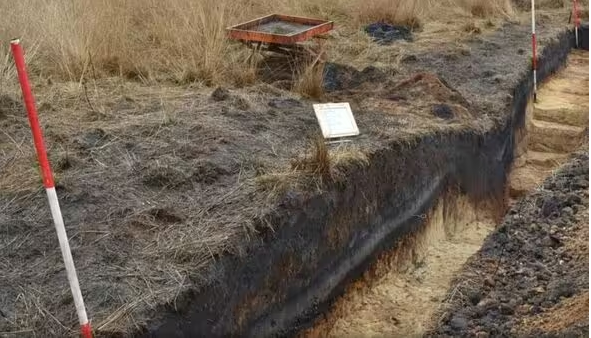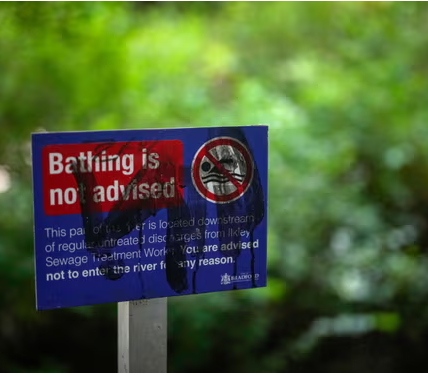Lasers and AI have shed light on the ancient borders of the Roman Empire.

The history of the Roman Empire is being rewritten (Image: Saxion University of Applied Sciences/Courtesy of Saskia Stevens)
Researchers have made a startling find using cutting-edge AI that could upset previous assumptions about Roman history.
The Lower Germanic Lines, now in the Netherlands, had been considered the northernmost outpost of the Roman Empire. But the discovery of a fort at the Hoog Buurlo site in Veluwe, dated to the second century AD, 15.5 miles north of that frontier, suggests Romans had pushed further.
Saskia Stevens, who led the project responsible for the dig with Utrecht University, said: “For the Netherlands, this is only the fourth Roman temporary camp, so quite a rare find.
“The fact that it was discovered north of the Lower Germanic Limes, beyond the border of the empire, tells us that the Romans did not perceive the Limes as the end of their Empire.”
This is the latest unearthing part of the university’s Constructing the Limes project.

The discovery of an 1,800-year-old camp could rewrite Roman history (Image: Saxion University of Applied Sciences/Courtesy of Saskia Stevens)
She added: “This project is about borders, in particular the border of the Roman Empire, the so-called Lower German Limes.”
A description on the project’s website adds more detail. It says: “In this project we not only investigate the impact of this border on migration and the import of goods and crops in antiquity, but also focus on how the limes becomes visible as cultural heritage today, and how it has influenced our contemporary views on borders.”
The team confirmed the presence of the almost two-thousand-year-old site in January this year, uncovering a 9-acre camp shaped like a rectangle. Researchers say there were not a lot of artifacts owing to the temporary nature of the military installation.
The project used lasers and predictive modelling to make the rare find. Jens Goeree, a master’s student at Saxion University, developed a programme which guessed where Roman camps might be. The model used data from Lidar technology, which uses pulsating lasers to measure distances calculated from the time it takes for a beam to bounce back.
Hoog Buurlo, as a temporary fortified camp, would only have been occupied for up to a few weeks, according to experts.
Other evidence has showed extensive trade ties and military cooperation between the Romans and the native tribes in the area, like the Frisii and Chamavi. This new find only emphasises this presence.



